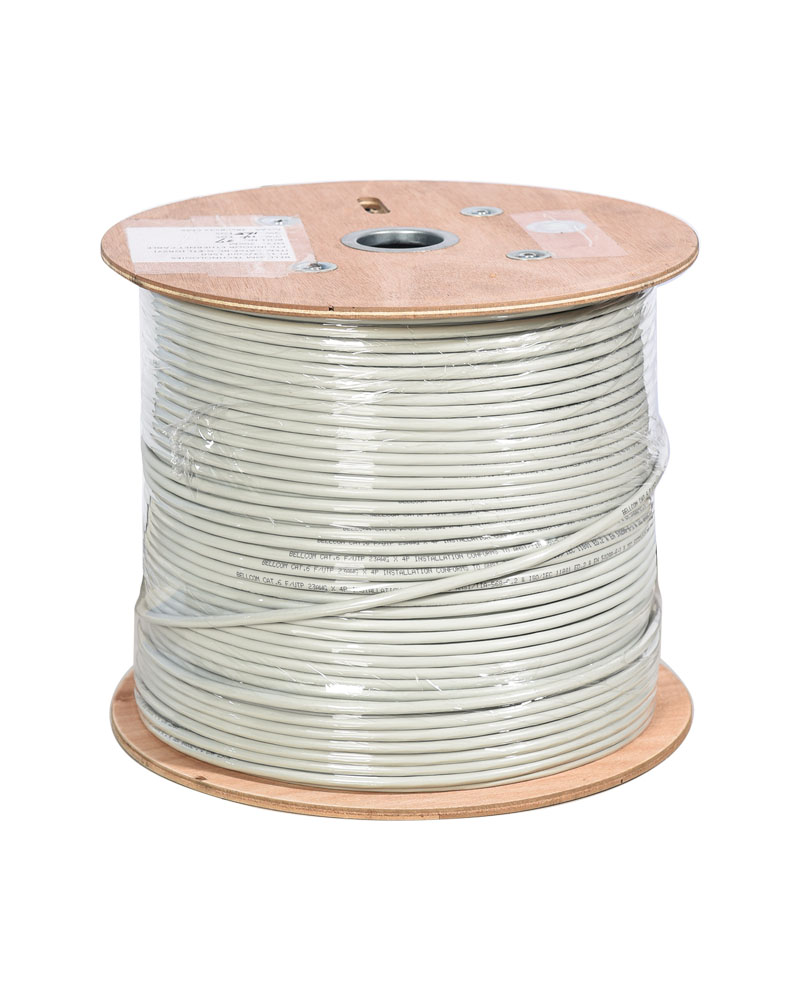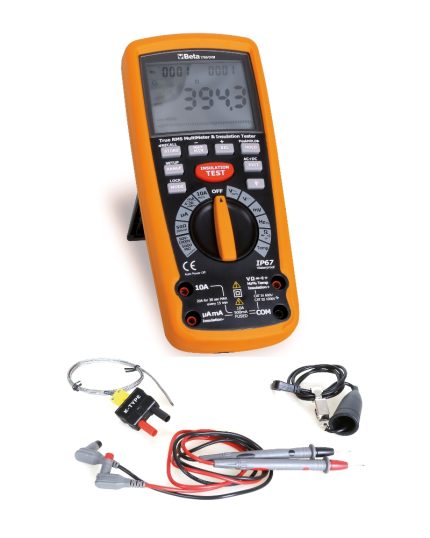Technology to ensure the safety of the extension and its compliance with local electrical laws and regulations.
Here are general steps for electrical wire extension:
1. *Planning and Design*: Before starting the extension, the route of the new wires and the connection points should be determined. Also, calculate the estimated total electrical load to ensure the new wires can handle it.
2. *Selecting the Right Cable*: Choose an appropriate electrical cable for the extension. The cable should be able to withstand the expected electrical load and be suitable for the environment and intended use.
3. *Cutting and Preparing the Ends*: Cut the cable to the required lengths and strip the insulation from the ends. Then, prepare the cable ends using insulated clamps or connectors to ensure a secure and reliable connection.
4. *Wire Extension*: Connect the cable from the power source to the designated points. Route the cable away from any heat sources or contact with materials that could cause damage.
5. *Securing the Wires*: Use clips and straps to secure the wires to surfaces or walls. This helps prevent the wires from being subjected to pressure or damage.
6. *Wiring Connection*: Connect the wire ends to the designated outlets. Ensure proper and secure connections using appropriate clamps or connectors.
7. *Testing and Inspection*: After the extension, conduct a test to ensure the wires are correctly and safely delivering electricity. Cable testing devices can be used to verify the connections and insulation.
8. *Wrapping and Insulation*: After verifying the extension’s safety, wrap the wires and connections with insulating and protective materials to prevent exposure to environmental factors and damage.
9. *Documentation and Compliance with Standards*: Ensure accurate documentation of the extension, including the wire route, connection points, and other technical details. Also, ensure the extension complies with local electrical regulations and standards.
It’s important to carry out the electrical wire extension process with care and attention to ensure the safety of the electrical system and prevent any risks that could affect public safety. In many cases, it might be advisable to seek the assistance of a qualified electrician to ensure that all steps are carried out correctly and safely.











Reviews
There are no reviews yet.